|
Geant4
10.03.p03
|
|
Geant4
10.03.p03
|
#include <G4PolyconeSide.hh>
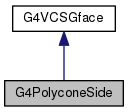

Static Public Member Functions | |
| static const G4PlSideManager & | GetSubInstanceManager () |
Protected Member Functions | |
| G4double | DistanceAway (const G4ThreeVector &p, G4bool opposite, G4double &distOutside2, G4double *rzNorm=0) |
| G4double | DistanceAway (const G4ThreeVector &p, G4double &distOutside2, G4double *edgeRZnorm) |
| G4bool | PointOnCone (const G4ThreeVector &hit, G4double normSign, const G4ThreeVector &p, const G4ThreeVector &v, G4ThreeVector &normal) |
| void | CopyStuff (const G4PolyconeSide &source) |
| G4double | GetPhi (const G4ThreeVector &p) |
Static Protected Member Functions | |
| static void | FindLineIntersect (G4double x1, G4double y1, G4double tx1, G4double ty1, G4double x2, G4double y2, G4double tx2, G4double ty2, G4double &x, G4double &y) |
Protected Attributes | |
| G4double | r [2] |
| G4double | z [2] |
| G4double | startPhi |
| G4double | deltaPhi |
| G4bool | phiIsOpen |
| G4bool | allBehind |
| G4IntersectingCone * | cone |
| G4double | rNorm |
| G4double | zNorm |
| G4double | rS |
| G4double | zS |
| G4double | length |
| G4double | prevRS |
| G4double | prevZS |
| G4double | nextRS |
| G4double | nextZS |
| G4double | rNormEdge [2] |
| G4double | zNormEdge [2] |
| G4int | ncorners |
| G4ThreeVector * | corners |
Definition at line 98 of file G4PolyconeSide.hh.
| G4PolyconeSide::G4PolyconeSide | ( | const G4PolyconeSideRZ * | prevRZ, |
| const G4PolyconeSideRZ * | tail, | ||
| const G4PolyconeSideRZ * | head, | ||
| const G4PolyconeSideRZ * | nextRZ, | ||
| G4double | phiStart, | ||
| G4double | deltaPhi, | ||
| G4bool | phiIsOpen, | ||
| G4bool | isAllBehind = false |
||
| ) |
Definition at line 73 of file G4PolyconeSide.cc.


|
virtual |
Definition at line 197 of file G4PolyconeSide.cc.
| G4PolyconeSide::G4PolyconeSide | ( | const G4PolyconeSide & | source | ) |
Definition at line 207 of file G4PolyconeSide.cc.

| G4PolyconeSide::G4PolyconeSide | ( | __void__ & | ) |
Definition at line 181 of file G4PolyconeSide.cc.
|
virtual |
Implements G4VCSGface.
Definition at line 566 of file G4PolyconeSide.cc.
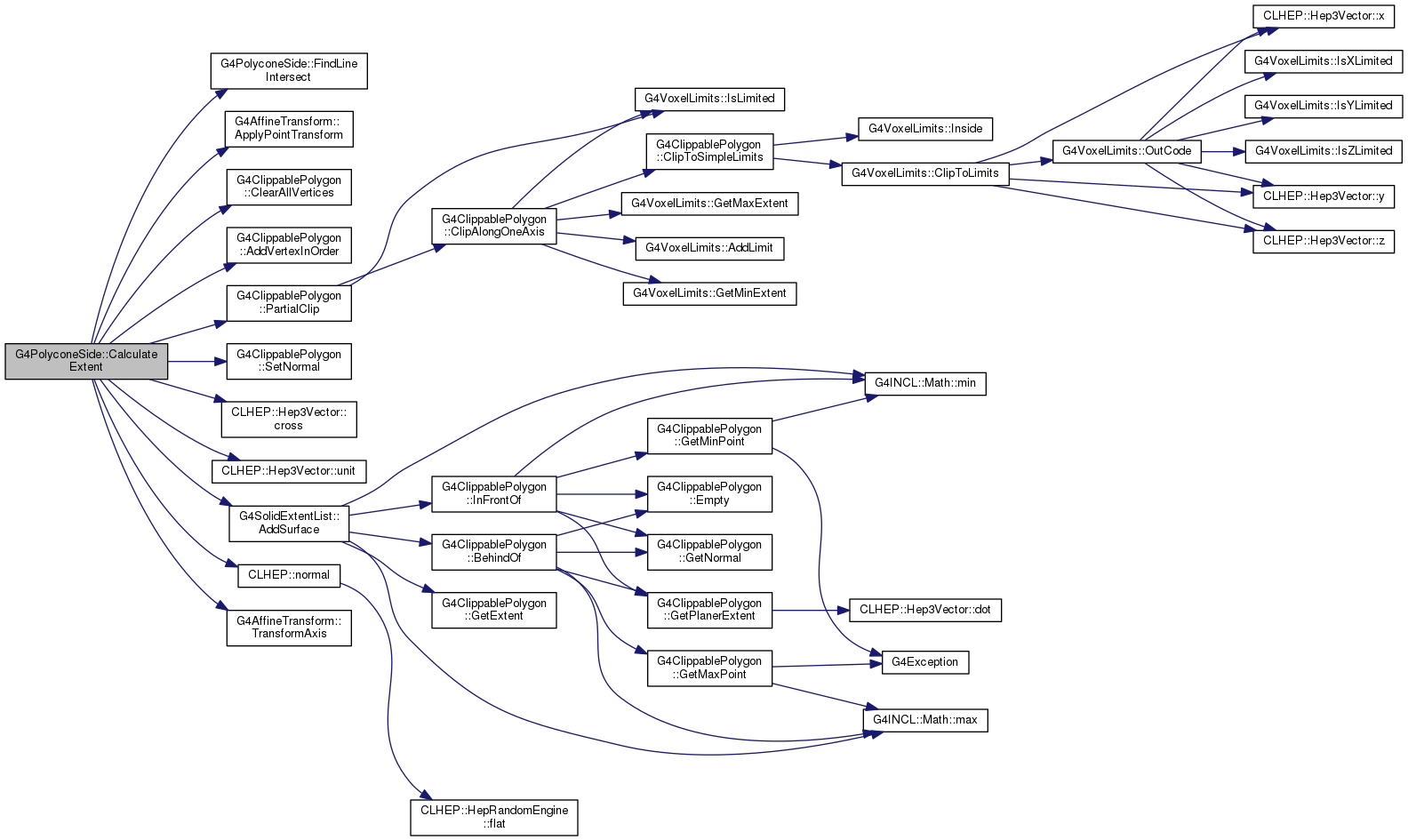
|
inlinevirtual |
Implements G4VCSGface.
Definition at line 132 of file G4PolyconeSide.hh.

|
protected |
Definition at line 235 of file G4PolyconeSide.cc.

|
virtual |
Implements G4VCSGface.
Definition at line 415 of file G4PolyconeSide.cc.

|
protected |
Definition at line 922 of file G4PolyconeSide.cc.
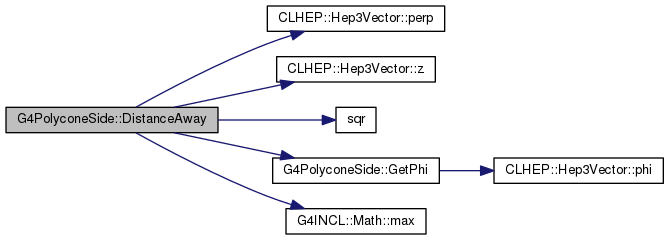

|
protected |
Definition at line 1012 of file G4PolyconeSide.cc.
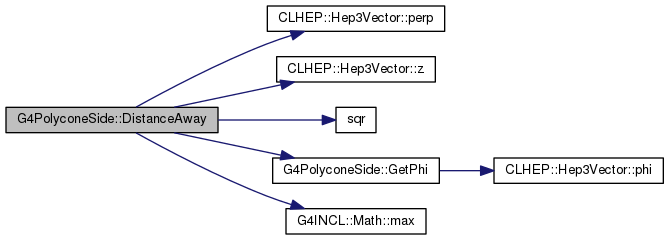
|
virtual |
Implements G4VCSGface.
Definition at line 502 of file G4PolyconeSide.cc.
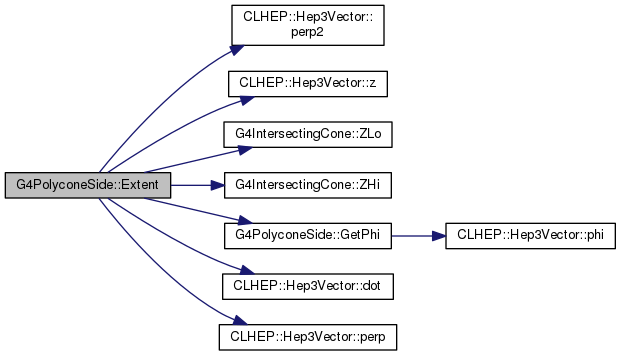
|
staticprotected |
|
inline |
Definition at line 144 of file G4PolyconeSide.hh.
|
protected |
Definition at line 886 of file G4PolyconeSide.cc.


|
virtual |
|
static |
|
virtual |
Implements G4VCSGface.
Definition at line 455 of file G4PolyconeSide.cc.

|
virtual |
Implements G4VCSGface.
Definition at line 283 of file G4PolyconeSide.cc.
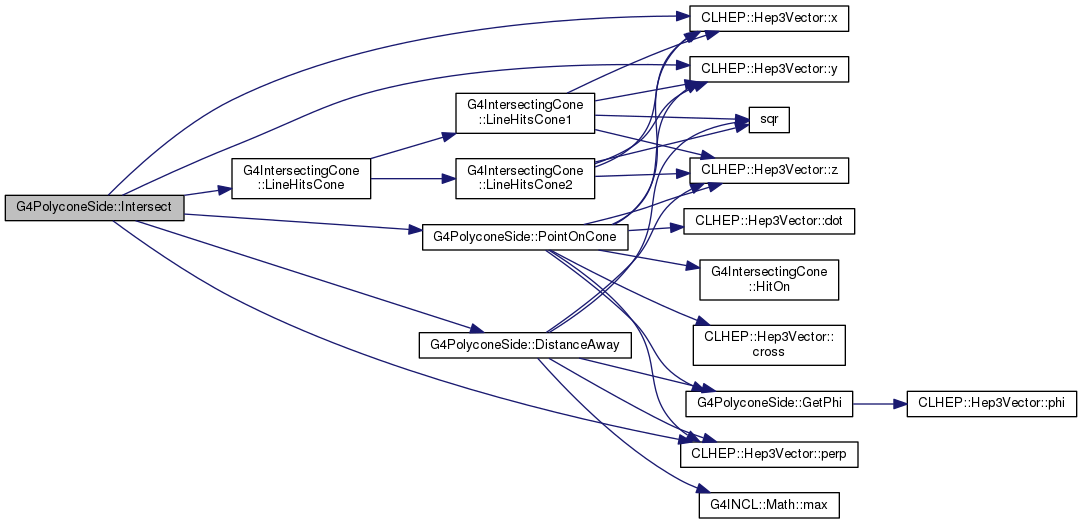
|
virtual |
Implements G4VCSGface.
Definition at line 482 of file G4PolyconeSide.cc.

| G4PolyconeSide & G4PolyconeSide::operator= | ( | const G4PolyconeSide & | source | ) |
Definition at line 219 of file G4PolyconeSide.cc.

|
protected |
Definition at line 1104 of file G4PolyconeSide.cc.
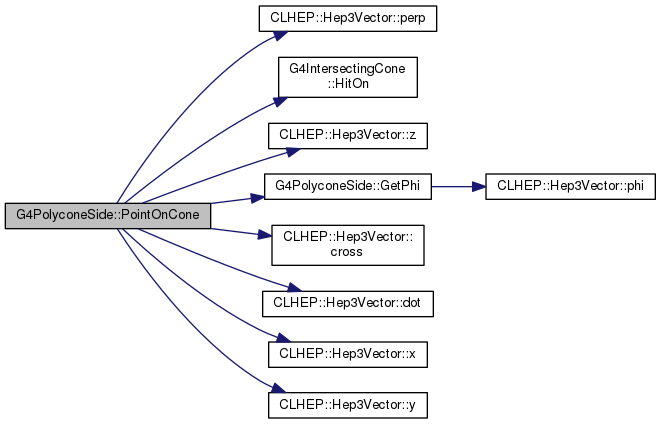

|
virtual |
Implements G4VCSGface.
Definition at line 1200 of file G4PolyconeSide.cc.

|
protected |
Definition at line 178 of file G4PolyconeSide.hh.
|
protected |
Definition at line 180 of file G4PolyconeSide.hh.
|
protected |
Definition at line 194 of file G4PolyconeSide.hh.
|
protected |
Definition at line 175 of file G4PolyconeSide.hh.
|
protected |
Definition at line 184 of file G4PolyconeSide.hh.
|
protected |
Definition at line 193 of file G4PolyconeSide.hh.
|
protected |
Definition at line 187 of file G4PolyconeSide.hh.
|
protected |
Definition at line 187 of file G4PolyconeSide.hh.
|
protected |
Definition at line 177 of file G4PolyconeSide.hh.
|
protected |
Definition at line 185 of file G4PolyconeSide.hh.
|
protected |
Definition at line 185 of file G4PolyconeSide.hh.
|
protected |
Definition at line 174 of file G4PolyconeSide.hh.
|
protected |
Definition at line 182 of file G4PolyconeSide.hh.
|
protected |
Definition at line 190 of file G4PolyconeSide.hh.
|
protected |
Definition at line 183 of file G4PolyconeSide.hh.
|
protected |
Definition at line 175 of file G4PolyconeSide.hh.
|
protected |
Definition at line 174 of file G4PolyconeSide.hh.
|
protected |
Definition at line 182 of file G4PolyconeSide.hh.
|
protected |
Definition at line 190 of file G4PolyconeSide.hh.
|
protected |
Definition at line 183 of file G4PolyconeSide.hh.